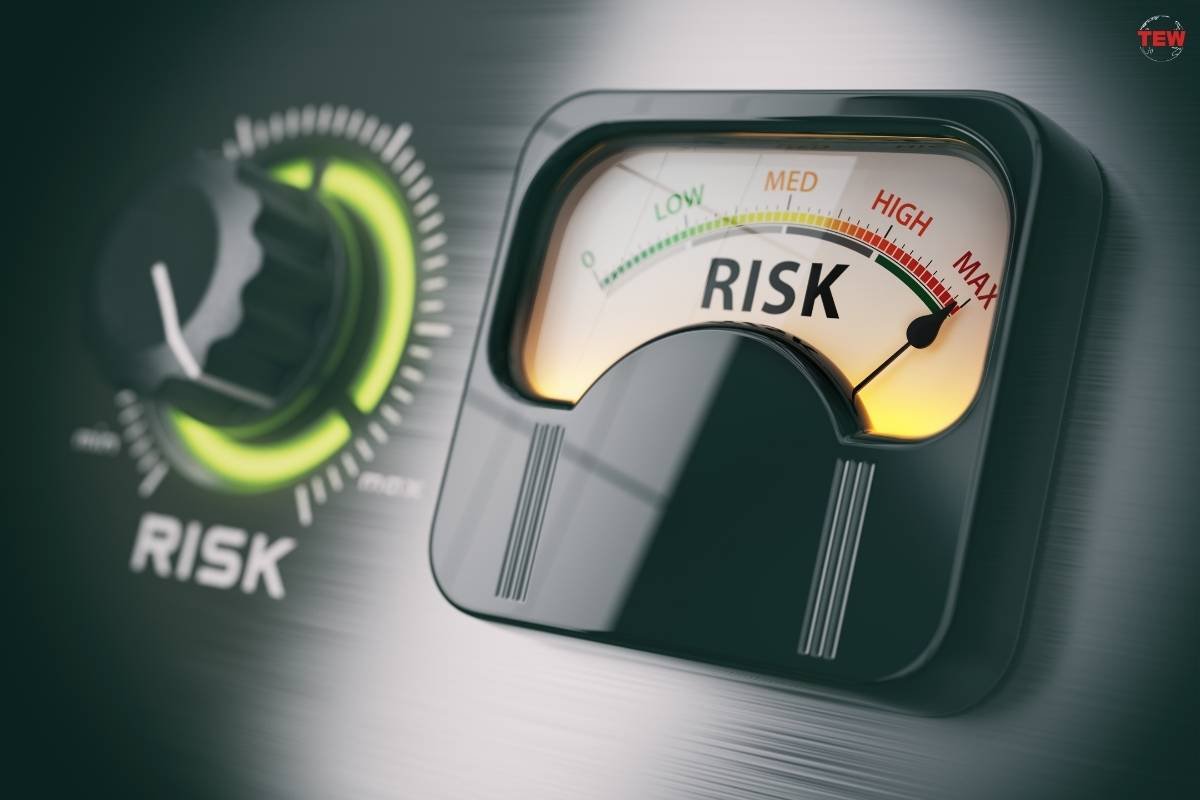Cryptocurrencies have gained substantial attention for their potential to reshape the financial landscape, yet their inherent volatility remains a major concern for users seeking stability in their digital assets. Within this context, our exploration of stability in the cryptocurrency world, particularly with MakerDAO’s DAI and the often turbulent Bitcoin, brings to light the significance of reliable options. You are literally a click away from premium education regarding crypto investing. Visit immediate-sprint.com and learn more now!
Understanding MakerDAO’s DAI
- What is MakerDAO?
MakerDAO is a decentralized autonomous organization that operates on the Ethereum blockchain. Its primary goal is to create and manage a stable cryptocurrency called DAI. Unlike traditional cryptocurrencies like Bitcoin or Ethereum, DAI is designed to maintain a stable value by being pegged to a specific collateral.
- Introduction to DAI Stablecoin
DAI is a decentralized stablecoin that strives to maintain a value of 1 USD. It achieves this stability through a combination of smart contracts and collateralization. DAI offers the promise of cryptocurrency’s decentralization while providing the stability of fiat currencies.
- How Does MakerDAO’s DAI Work?
DAI’s stability is achieved through collateralization with Ethereum (ETH). Users lock up ETH in a smart contract and, in return, receive DAI tokens. These tokens can be used for various purposes, including trading, borrowing, or simply holding as a stable store of value.
Governance in the MakerDAO ecosystem is decentralized, with MKR token holders making key decisions. This democratic approach adds another layer of trust and security to the system.
- Historical Performance and Adoption of DAI
Since its inception, DAI has gained popularity in the decentralized finance (DeFi) space. It has seen increased adoption in lending and borrowing platforms, as well as being used as a stable trading pair on various exchanges.
Bitcoin: The Pinnacle of Cryptocurrency Volatility
- Introduction to Bitcoin

Bitcoin, often referred to as digital gold, is the first and most well-known cryptocurrency. It was created by an anonymous entity known as Satoshi Nakamoto and launched in 2009. Bitcoin’s primary purpose was to serve as a decentralized digital currency.
- Bitcoin’s Price Volatility Over the Years
One of the defining characteristics of Bitcoin is its price volatility. Since its inception, Bitcoin has experienced dramatic price swings, ranging from cents to tens of thousands of dollars. These price fluctuations have attracted both speculators and long-term investors.
Factors Contributing to Bitcoin’s Price Fluctuations
Several factors contribute to Bitcoin’s price volatility:
- Market Sentiment
Bitcoin’s price is highly influenced by market sentiment. News, social media trends, and public perception can drive rapid price movements in either direction.
- Regulatory Developments
Changes in regulatory frameworks around the world can significantly impact Bitcoin’s price. News of potential bans or restrictions can lead to panic selling, while favorable regulations can boost confidence.
- Adoption and Institutional Interest
Institutional adoption of Bitcoin has grown substantially in recent years. Announcements of major companies or financial institutions investing in Bitcoin can trigger both positive and negative price reactions.
Challenges Posed by Bitcoin’s Volatility
Bitcoin’s price volatility poses several challenges:
- Transaction Usability: Frequent and unpredictable price swings make Bitcoin less suitable for everyday transactions.
- Store of Value: Volatility affects Bitcoin’s ability to serve as a reliable store of value.
- Risk Management: Investment in Bitcoin carries inherent risk, making it less appealing to risk-averse individuals and institutions.
The Role of MakerDAO’s DAI in Stabilizing the Crypto Market
- How Does DAI Contribute to Stability?
DAI addresses the volatility issue by offering a stable store of value within the cryptocurrency space. Users can hold DAI with confidence that its value will not fluctuate wildly, as it is designed to maintain a 1:1 peg with the US dollar.
- Use Cases for DAI in DeFi and Beyond
DAI’s stability is a valuable asset in the DeFi ecosystem, where it is used for various purposes, including:
Collateral: DAI can be used as collateral to borrow other assets.
Liquidity Provision: It provides liquidity for decentralized exchanges.
Remittances: DAI offers a stable alternative for cross-border remittances.
- Comparing DAI’s Stability to Traditional Stablecoins
Unlike traditional stablecoins like USDC and USDT, DAI is decentralized and not reliant on a centralized authority. This decentralization adds an extra layer of trust for users concerned about the control and transparency of their stable assets.
Collateralization and Risk Management in MakerDAO

- Exploring the Collateral Assets Backing DAI
MakerDAO primarily uses Ethereum as collateral, but it has explored including other assets as well. These collateral assets provide stability and security to the DAI ecosystem.
- Risk Assessment and Risk Management in the MakerDAO Ecosystem
MakerDAO employs various mechanisms to manage risks associated with collateral assets and market fluctuations:
Liquidation Mechanisms
In cases of extreme market volatility, when collateralization ratios fall below a certain threshold, liquidation mechanisms are triggered to maintain the stability of the DAI peg.
Governance Decisions and Risk Parameters
MKR token holders actively participate in governance decisions, adjusting risk parameters and collateral types as needed to maintain DAI’s stability.
- Lessons from Past Incidents and Improvements
The MakerDAO ecosystem has faced challenges and incidents in the past, such as the “Black Thursday” event. These incidents have led to improvements in the system’s design and risk management protocols.
Challenges and Criticisms

- Criticisms of the MakerDAO’s DAI Stablecoin Model
While DAI offers stability, it is not without criticisms:
Overcollateralization Requirements
DAI’s overcollateralization requirement may limit its usability for some users who cannot lock up significant amounts of collateral.
Centralization Risks
Despite being decentralized, MakerDAO still faces potential centralization risks in governance decisions and collateral management.
- Challenges Faced by Bitcoin and Its Impact on DAI Stability
Bitcoin’s ongoing volatility presents challenges for DAI as it may influence market sentiment and the value of collateral assets within the MakerDAO ecosystem.
- Regulatory Concerns and Legal Hurdles
Both DAI and Bitcoin face regulatory uncertainties, which can impact their long-term stability and adoption.
The Future of Stability: MakerDAO’s DAI and Bitcoin
- Potential Developments in the DAI Ecosystem
The future of DAI holds exciting possibilities, including the expansion of collateral types, integration with other blockchain platforms, and improved user accessibility.
- Bitcoin’s Evolving Role
Bitcoin’s role in the cryptocurrency landscape continues to evolve, with increasing institutional interest and potential developments such as the Lightning Network.
- The Symbiotic Relationship Between DAI and Bitcoin
MakerDAO’s DAI and Bitcoin, while distinct in their offerings, can complement each other within the cryptocurrency ecosystem. DAI provides stability, while Bitcoin offers the potential for significant returns.
Conclusion
In a world of crypto market volatility, stability is a precious commodity. MakerDAO’s DAI and Bitcoin each bring unique qualities to the table, addressing the need for stability and potential for growth within the cryptocurrency space. As these technologies continue to evolve, they play pivotal roles in shaping the future of digital finance, offering users reliable options in an otherwise turbulent world of cryptocurrencies.


















